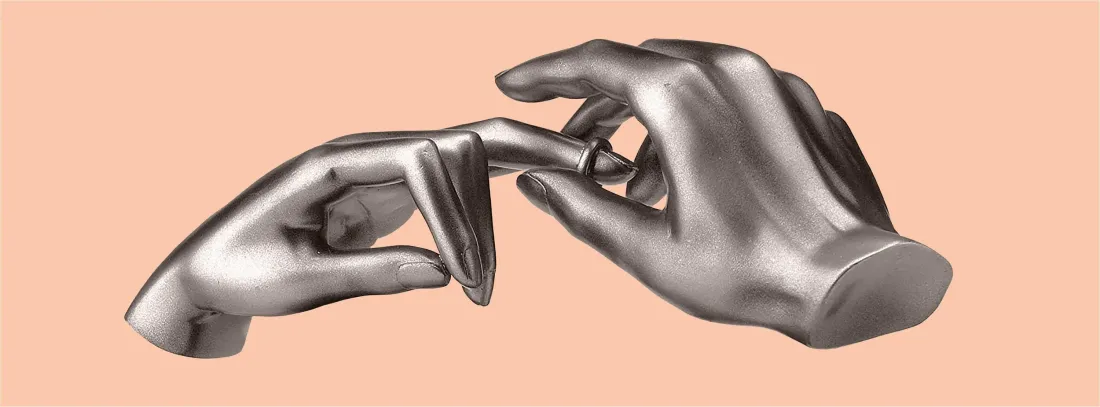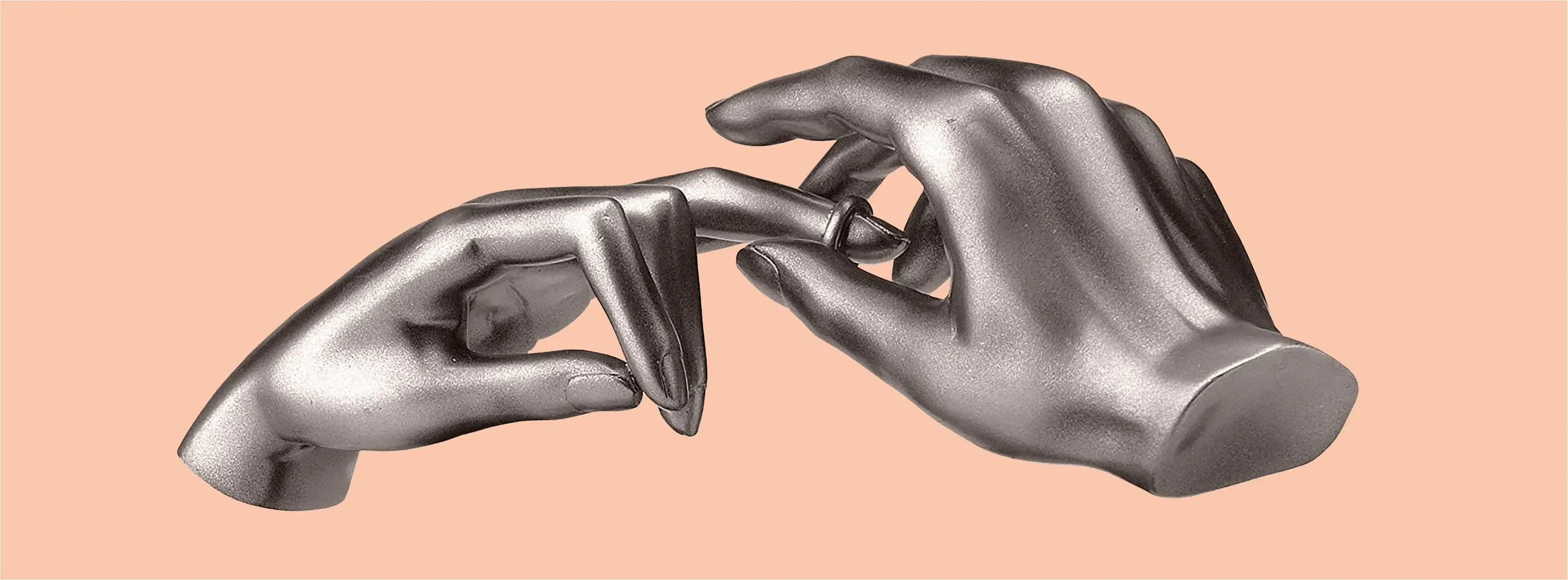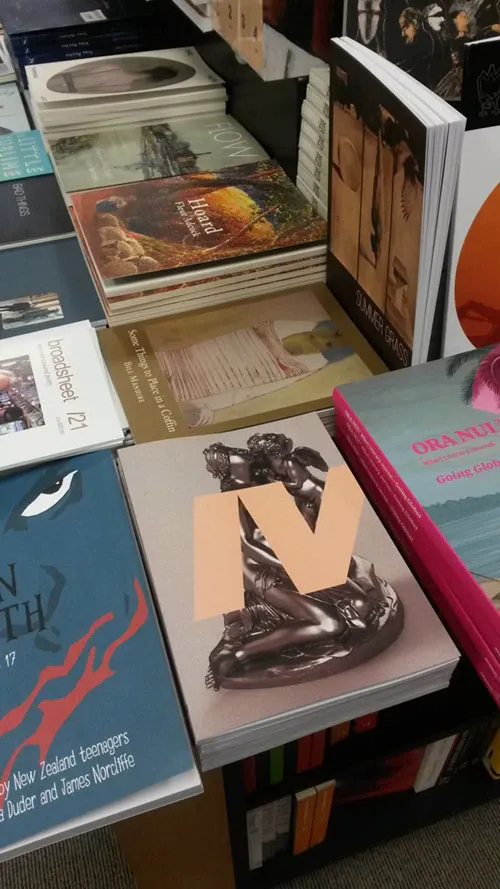Mimicry: Playfulness and Counter Culture in Aotearoa
Written by


Created by Holly Hunter, Mimicry is a literary and arts journal that describes itself as “Aotearoa’s most playful journal”. It features comedy, poetry, fiction, nonfiction, music, art and design by emerging New Zealand artists.
Hunter had worked as an editor at Victoria University Press for six months when she realised she wanted to put the skills she had learnt there into her own publication and provide a platform for her creative friends.
“I decided there needed to be some counter-culture. There always needs to be some counter-culture. It’s weird because I feel like at VUP this is obviously what people see as the gatekeeper and here I am living this outlaw life trying to publish more outsider art,” she jokes.
The importance of publications like Mimicry is that it gives emerging artists a chance to experiment without pressure and get their work out there, she says.
After publishing the first issue, Hunter realised she wanted to do another one, and open submissions up to a wider pool of artists.
“I joke about I maybe called it a journal quite recklessly and then I realised that means you have to do more than one issue.”
Fast forward a couple of years and issue four of Mimicry has just been published, with the help of a grant from Wellington City Council’s creative communities scheme. The grant covers printing costs, and without it, issue four would not have been published, Hunter says.
“[Publishing is] an excellent way to lose a lot of money… no one gets into publishing for money and it’s living on a shoestring budget, so there is a creative exercise there.”
“[Publishing is] an excellent way to lose a lot of money… no one gets into publishing for money and it’s living on a shoestring budget, so there is a creative exercise there.”
She managed to stretch the shoestring budget to publish dozens to artists in this issue, including JM Francis, Chris Tse, Emer Lyons and Aimee-Jane Anderson-O’Connor.
Hunter says there is never an over-arching theme for the issues, but often as she is putting it together, a common thread reveals itself. Issue four is about sincerity and honesty, which is something she wants to see in a writer’s work, both at VUP and for Mimicry.
“It’s usually a matter of whether the writer is speaking true to their voice. That sounds really corny but it’s really clear if someone is trying to perform and if they’re thinking too hard about the reader. So I really look for stuff that feels like it’s just speaking honestly and not over doing things. Also things that are challenging. I like things that take risks.”

One of the writers who she says takes risks with their work in issue four is poet Essa Ranapiri, who is a graduate of the creative writing course at the IIML at Victoria University.
“I’ve seen their work come through the IIML actually, because VUP is quite close to the IIML and I find it really interesting because their poetry is… I never feel comfortable reading it. There is an estrangement to it and at the same time it is so human and there are bodies and sensory things and it feels really physically intense, so it’s kind of a strange contrast between those two things,” she says.
“It feels like you’re being pushed away some how, whether that’s in punctuation or in line breaks or in unusual formations, but it’s also deeply personal.”
Ranapiri grew up in Tauranga and studied in Hamilton, before coming to Wellington last year for their masters at the IIML.
Describing the decision to submit work to Mimicry, Ranapiri also mentions the risks they take in their writing.
“I just try and write the best things I can. I wanted to send stuff [to Mimicry] that felt personal, and I always want to send stuff that feels like there’s stake in it or there’s a risk in exposing it to the world.”
One of two poems they have published in this issue is Her*, which they say is about revisiting old work and seeing different pronouns being used.
“I was assigned male at birth and I started off identifying as a guy and for a brief time in university I felt like maybe I was a woman and it was when I found out about non binary genders being a thing, I thought oh okay, it makes a lot more sense.
“Then the poem is about seeing all of these things in the past that make sense to who you are now and then feeling frustrated that I didn’t realise sooner or that I didn’t have the language sooner. That’s a lot to do with why I write poetry, it’s because I am giving myself language.”
Ranapiri says they’re interested in what can happen when the form of poetry is pushed and what exists at the edge of it.
“I think it’s interesting how a poem can use words in a way that they’re not usually used in other mediums because we’re used to using words as a tool to communicate rather than using words as different colours in a painting, and I really like that more impressionistic or experimental use of words. That’s why I like poetry I think.”
Hunter is aware of the responsibility of providing a space for artists to express personal thoughts and feelings, and with connecting with the local publishing community, particularly in Wellington. But its purpose has evolved a little since she published the first issue.
“I used to say there was a hopeful nihilism to the writing in Mimicry and now I am rejecting the nihilism a little bit and looking more for just hope.”
Mimicry Facebook, Mimicry Twitter